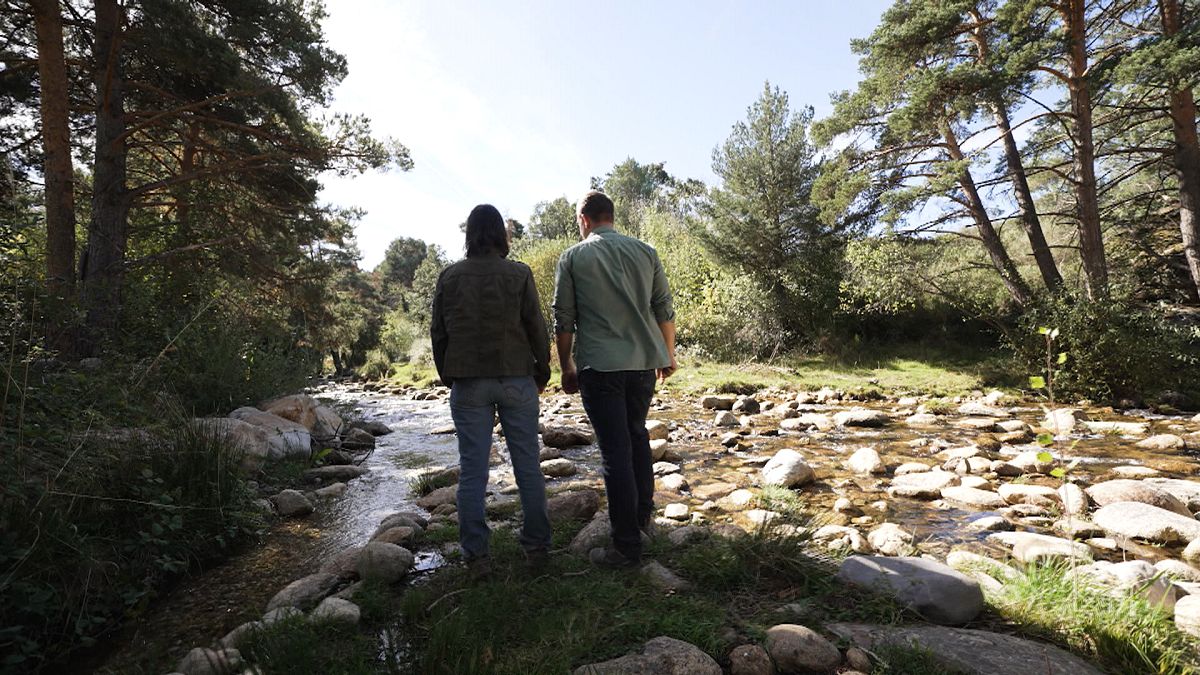Europe is facing extreme weather patterns due to the climate crisis. With high temperatures, low rainfall and significant human activity impacting our natural environment: how is taking down Dams beneficial for both local ecosystems and populations?
Removing infrastructures that serve no purpose can help avoid the erosion of watercourses and floods, help aquifers charge properly and avoid poor water quality.
There are some 1.2 million dams across 36 European countries and over half of them are abandoned and left to crumble.
In Europe, there are countries like France, which is leading the continent, and Denmark which have been tearing down these infrastructures for almost 30 years. It has been verified that, in the long run, removing them is a direct benefit for the people.
According to the World Wide Fund for Nature (WWF), Dams, weirs and culverts undermine the resilience of rivers and help accelerate nature loss by fragmenting rivers and disrupting or even blocking the natural flow of water, sediments, nutrients and species. They are also a threat to local freshwater fish populations.
Despite a growing movement towards dam removal, many obsolete structures continue to pose a threat to local flora and fauna. Taking down these structures will be more cost-effective for local populations and will ensure less damage done in times of flooding.
In 2020, the European Environment Agency published a report explaining that the negative impact of human-made flood barriers outweighed the potential benefits. It revealed that up to 90% of floodplains have been environmentally degraded as a result of structural flood protection, river straightening, disconnection of floodplain wetlands, agricultural land use and urbanisation over the past two centuries.
Within 30 years, we will be experiencing extreme conditions, which will make accessing water more difficult. River restoration is key to helping societies adapt to climate change, as water is one of the main resources threatened by the climate crisis.
Pao, from Dam Removal Europe, has an interesting analogy for the use of Dams.
"Dams are like X-rays. A hundred years ago, when X-rays were first discovered in medicine, it was revolutionary and very positive. But then, over the years, it was discovered that X-rays have a negative impact on human health. Have we, in the 21st century, stopped using X-rays in hospitals? No. But we are no longer radiating people for 40 minutes, only 1 second. We must manage the rivers not as we used to in the 50s and 60s, but with the knowledge and technology of the 21st century."





